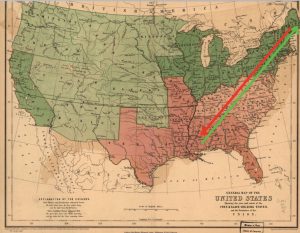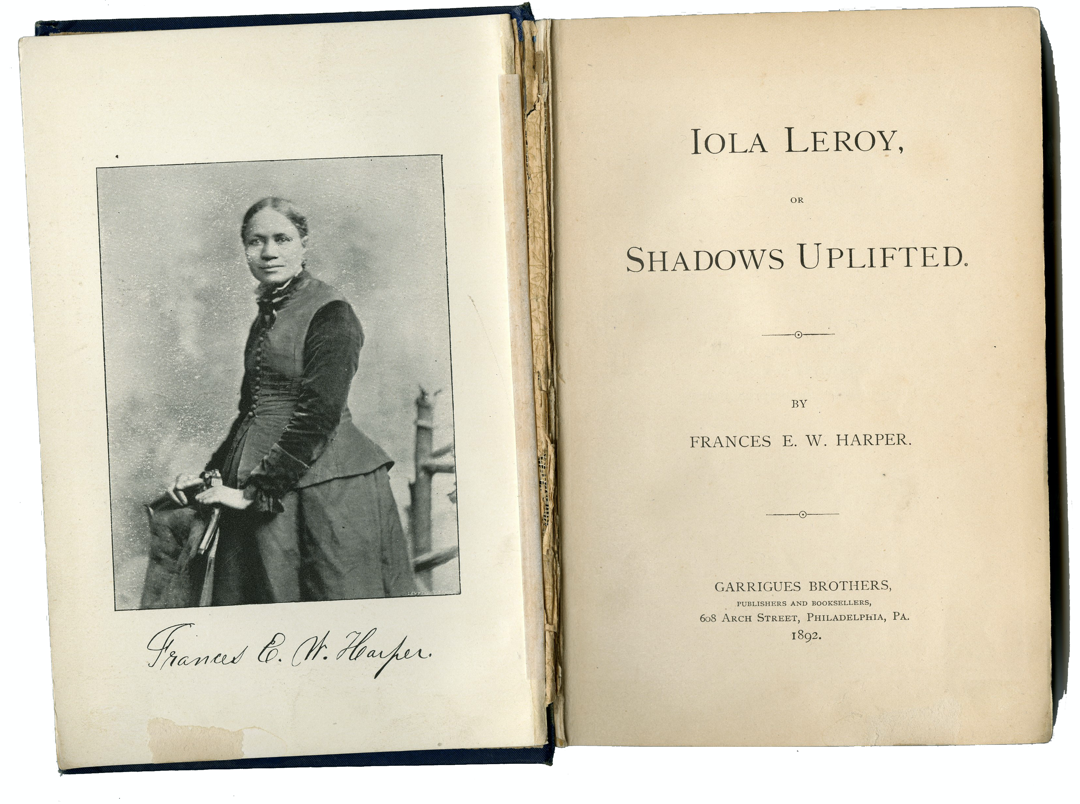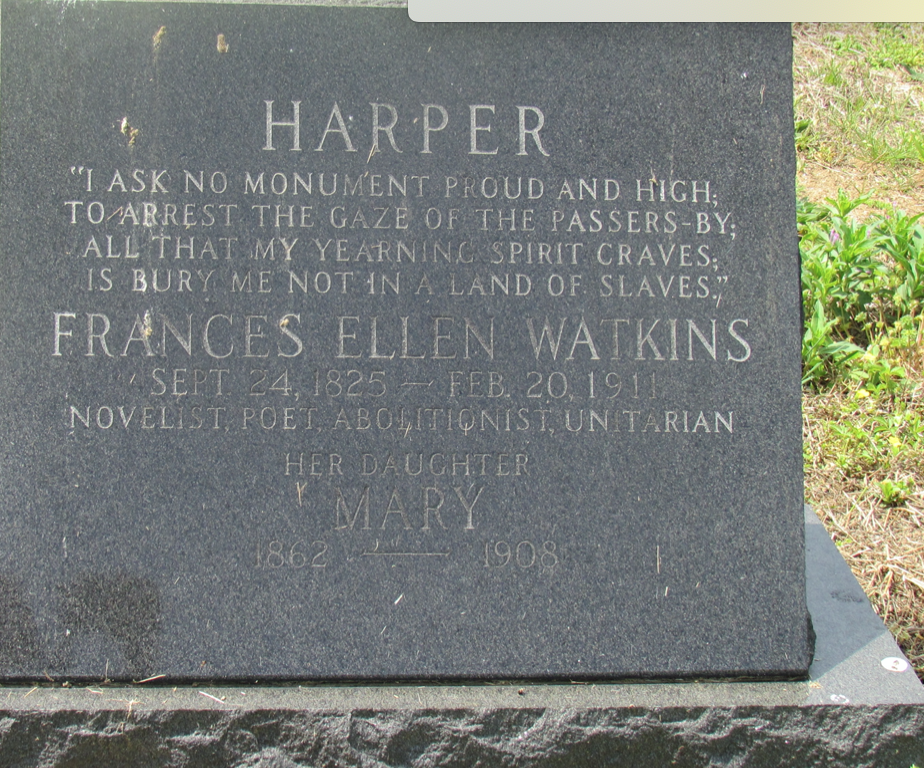Who is Frances Harper:
Frances Harper is was an abolitionist, suffragist, writer, teacher, public speaker, and one of the first African American women to be published in the United States. Her most successful novel was Iola Leroy: Shadows Uplifted. Harper was very active with different progressive organizations. When it came to gender equity Harper fought hard for women’s rights, specifically women of color. She became superintendent of the Colored Section of the Philadelphia and Pennsylvania Women’s Christian Temperance Union. Continuing her fight for black women’s rights, in 1894 she helped found the National Association of Colored Women and served as its vice president.

Frances Harper was a strong supporter of abolitionism, prohibition, Women suffrage, and progressive causes that were connected before and after the Civil War. You can see many of these themes play out in her novel Shadows Uplifted as well as within the main character Iola Leroy. Ultimately, Frances Harper understood that women were at a disadvantage within society, but she also knew that black women were at an even greater drawback. Through her novel, she showed how women, especially black women, can lesson that disadvantage by having an education.
Who is Iola:
Iola is a character developed by Frances Harper, who is the child of a slaveholder and a slave. Being the daughter of a slaveholder and a slave during the pre-civil war period is something that she didn’t know until she was older. Growing up in the South, Iola’s father kept her identity of having black blood under wraps. Iola was so oblivious to the color of her skin that she was even pro-slavery. But, that quickly changed when her father died, and her uncle enslaved her, causing her to understand who she truly was. Iola finally realized that she was black. Once enslaved, she then began to use her education to find ways to uplift the black race.
Relating to the present:
Frances Harper’s novel Iola Leroy mirrors the present when it comes to uplifting the black community and multiculturalism. Also, the way that she emphasizes how important education is for women, particularly women of color. That is something that is still prevalent today. Women receiving an education is something that has value and opens many doors. Iola was educated in the North, and because of that education, she was able to impact/uplift the black community down south. She did this by opening schools and educating the enslaved population during the civil war times as well as post-civil war. Harper shows how gender equity is something that can be reached by achieving a great education. Iola got the same education as white men. This high-level education put her on an equal playing field, and that allowed her to make a change. Being black and a woman, Iola would have been as less than, but when Iola was educated, she wasn’t inferior anymore. Harper shows us that women who occupy an education have a better chance of making a stronger impact because it becomes less about their gender and more about their level of education. Education is also an important identity that Harper gave to Iola because it displays how women with intelligence weaken the gender barrier. Harper displays that through Iola’s education, she was able to make a change like other men have done in the past.
Gender Equity:
Iola Leroy was given gender equity due to the access to education that her father gave to her by studying and going to school in the North.
Geographically how gender equity affected these women in history (North vs. South):
When Iola went to school in the North, she was receiving an education as well as equal treatment from men. As a young girl, she was able to voice her opinions and speak her mind without any consequences. But, when her uncle tricked her into going down South, she was then enslaved. From that moment on, her education and her status didn’t matter. Her Gender equity was then stripped, and she was now a slave.

 1825
1825  1892
1892  1911
1911 

